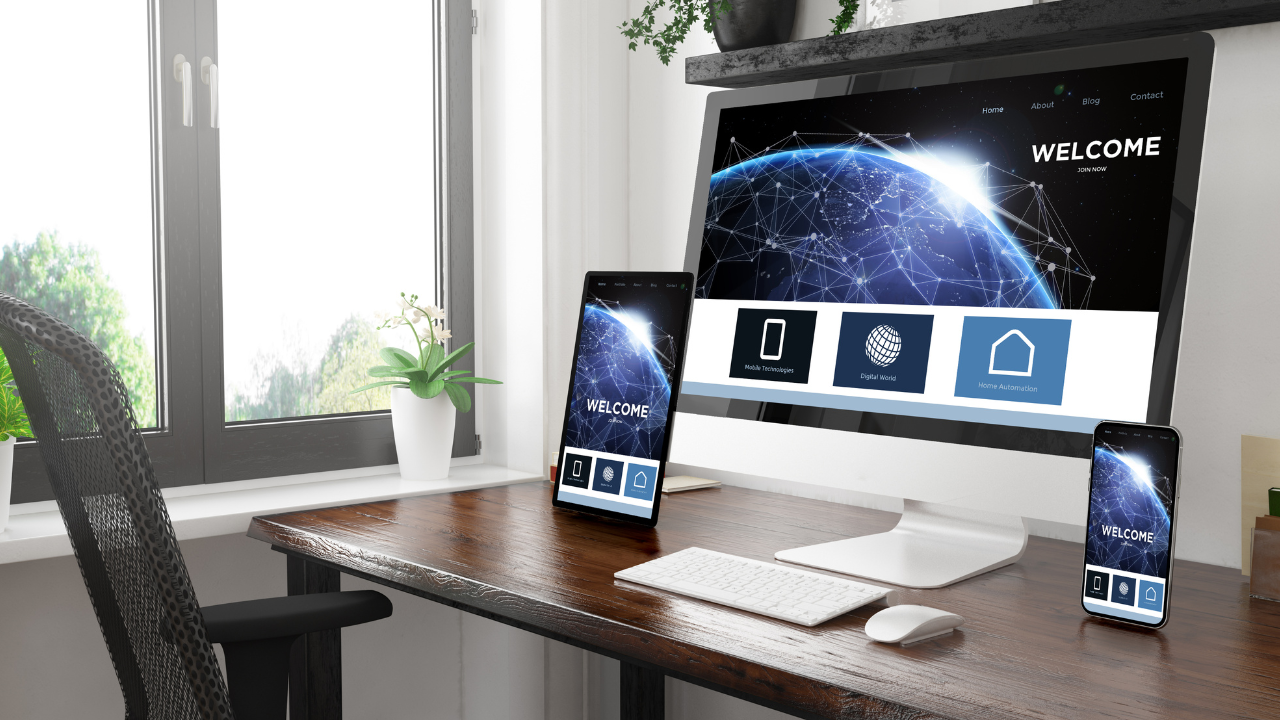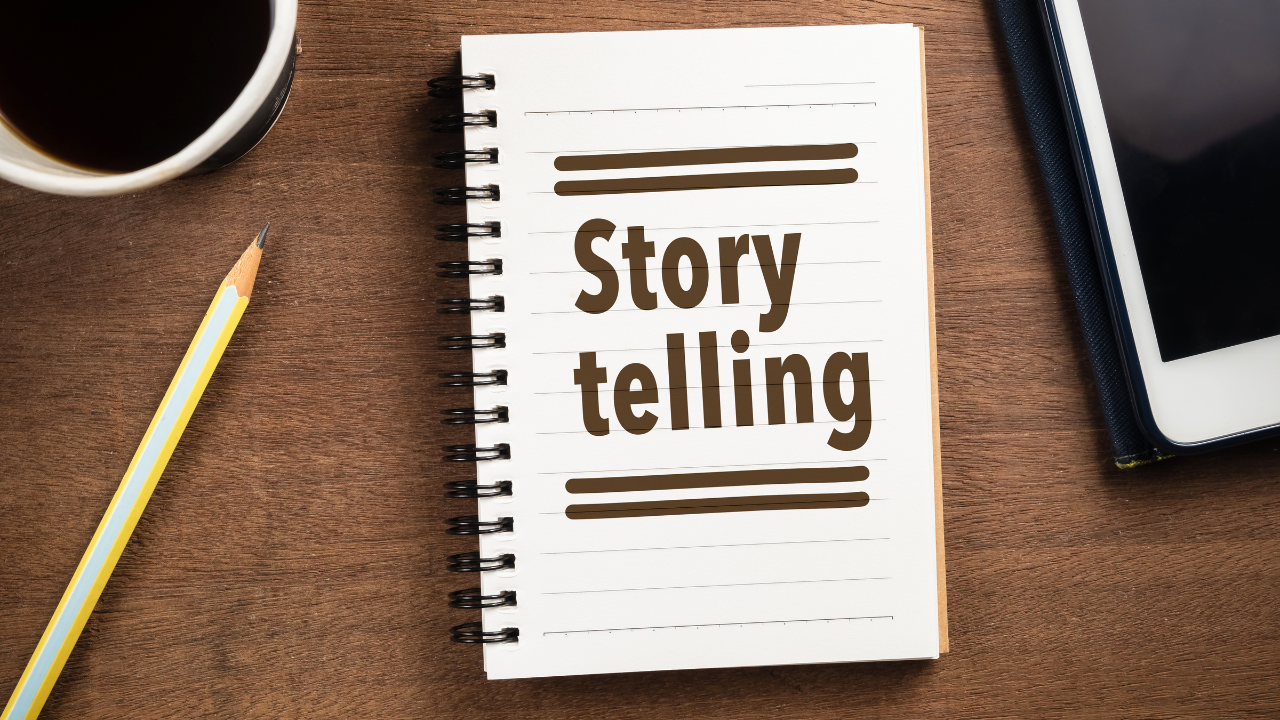The Importance of Communicating Through Content

"Content" is typically defined as a written or spoken word published or produced by an author, broadcaster, or another creator. Content can include text, audio/radio, film/video, images, and other recorded information presented on a website. What do you think about the Importance of Communicating Through Content!
Communicating Through Content!
The definition of communication through content is using written, visual, oral, or a combination of formats to convey a message. It includes letters, flyers, pamphlets, product labels, and more.
Communication through content allows the delivery of your message in multiple ways. For example, use an advertisement to capture people's attention and provide more detailed information on your website or blog.
This type of communication is beneficial for businesses and organizations because it provides exposure and accessibility and lets them reach more people. It can lead to a more extensive customer base and more money for the business.
Communication through content can be used across various industries. For example, business owners use this method to convey their message, and in response, interested people can read the information and make a purchase. In some instances, product labels of items that are being sold include the name of the product or company providing it with an image or images of people using it to convey the message that the product is good.
Reasons for Using Communicating through Content
There are many reasons for using communication through content. Here are just a few:
To inform your reader of crucial information quickly:
Communicating critical information to your audience is essential in all papers; however, it is handy when speaking general information to a large audience. These audiences need to know what they are reading to make informed decisions. While the reasons for reading a paper you have never heard of may differ from those for reading an article you encounter frequently, the expectation is the same. To inform your audience and help them make informed decisions, it is essential to understand how to communicate critical information quickly.
To communicate essential information quickly, you must synthesize your ideas into a short but precise statement. It should be easy for the reader to quickly find and digest the information. It is especially important when you communicate what seems like a lot of information, such as statistics or dates.
To show that you care about your audience:
Communication through content techniques can help create rapport with your readers because they make the reader feel like you are talking directly with them.
One way to make your readers feel that you care about them is to show them that you are listening. The easiest way to do this is by allowing them to dictate the flow of the paper. It can have done in several different ways. The most direct way is for the reader to dictate how you should write your writing by giving you a topic, a specific example, or a suggested order in which points should be presented.
Another way to show your readers that you care about them is by showing that you have listened to them. Use the specific examples and information they give you, even if they are not relevant to your topic. The most direct way to do this is to provide your readers with statistics telling them how many people share their opinions.
To express your thoughts and feelings on the topic at hand:
Communicating through content techniques makes it easy for the reader to know what you think and feel. Several different methods can be used to express your thoughts and feelings.
The most direct way to express your thoughts and feelings is by sharing your opinions. There are many different ways to share your views. Still, the most natural way is through a dialogue in which you incorporate other people's views into the conversation or present them as quotes.
An indirect yet consequential way to express your thoughts and feelings is through irony or sarcasm. This method allows you to say one thing but mean the exact opposite of what you said. You can express your thoughts and feelings by using irony or sarcasm while removing yourself from the situation.
Incorporate conversations with other people or the author's opinion in the text to create a dialogue with the reader:
One way to "create a dialogue with the reader" is through conversations that incorporate your opinions. This type of communication is similar to showing your readers that you care about them. However, this type of communication goes one step further. It shows that you care about them, but you also care about their opinions. This technique breaks the rules of writing to make it seem like you are talking with the reader. It allows you to share your views and ask questions, making it feel like you are doing more than just telling the reader what to do.
Another way to create a dialogue with your readers is by incorporating conversations into your writing. You can do this by interviewing sources or creating imaginary discussions between two or more people who have a relevant relationship to the topic.
Another way to create a conversation with the readers is to quote existing sources. This type of communication can seem less effective than the other two types of communication because it does not include your own opinions. However, it can be used effectively when used correctly by ensuring that the quotes are relevant and well-researched. The sections should also be persuasive and compelling to persuade your readers to accept a different point of view or look at the topic from a new perspective.
The Importance of Communicating Through Content
Many people are unaware of the importance of communication through content. Here is why it is so important and how you can use it in your writing to ensure it is effective.
The content conveys a message precisely.
The content conveys a message precisely because it provides context to what is being discussed. To understand the topics being discussed, readers must be provided with information on what is happening, who they're talking about, and why these conversations are meaningful or relevant. It can serve as an introduction or a conclusion for readers to understand what was written. Content bridges the gaps between ideas and pulls everything together to make it easier to understand.
It makes a document flow more smoothly.
Content makes a document flow more smoothly because it provides the context of what's being discussed, making readers place words in context and grasp the subject matter more quickly. It tells the reader what they will have to read and, in the process, prepares them for what they are about to read.
A reason to follow your argument
Content gives readers a reason to follow your argument. For your communication to be effective, it needs to have an exciting topic relevant in today's world. Providing content gets your reader more interested in what you have to say because they will better understand what you are talking about. If your reader is familiar with the topic, they are more likely to engage in what you are saying.
It makes the writing more interesting.
Content makes the writing more interesting because the author inserts photos, charts, graphs, and facts that illustrate the point. Providing content makes this information relevant to the reader because it allows for context. It is important to readers because they can relate to what they are reading by familiar with the content provided.
A reason to take action from reading
Content gives readers a reason to take action from reading your communication. Content can help make your argument well-rounded by providing examples and nonfiction material that supports the document's topic and why it should be acted upon. Your reader is more likely to follow your argument and, therefore, more likely to follow through with your action plan. If you are trying to persuade someone, content can strengthen your opinion by providing examples that support your position.
Provides ideas
Content provides ideas for people to write about related to your topic. It can give them an idea or a new way of looking at what you are talking about as they write their content.
It makes it easier to understand the topic.
Content makes it easier for the reader to understand the topic and the point. It provides a summarized version of what is being talked about or listed in bullet form so that the reader can see the main critical points and then get straight to what you are talking about. Being able to see the main issues at a glance is helpful and easier to understand. Content also makes it easier for readers to follow the argument. It provides context that the reader can understand without struggling through the text by having to figure out what it's talking about or wondering where you are going.
Better understanding
Content gives readers a better understanding of what is being discussed because they can see how information should be organized and put together logically that explains what was discussed in the most effective ways. It can make it easier for the reader to understand the topic because it summarizes what is said.
Author's point of view
Content helps readers understand the author's point of view. If the reader is not familiar with the content you are providing, it could give them a better understanding of your meaning. It gives you a real chance to put your idea across effectively in a way that creates a strong interest in what you are saying.
Visual representations and text
Content provides readers with visual representations of the information to help them focus on the ideas being discussed. It can make it easier for readers to grasp what is being said. It gives readers a way to express themselves when reading through the text. Some people consider it a good way of communicating their opinion and what they understand about the information you are trying to convey.
Relate to the topic
Content gives readers a way to relate to the topic. It helps them find their ideas on the topic, which can help them understand things better and help readers become engaged in the communication.
Make your content easy to find
One of the most critical considerations when communicating through content is that your audience must be able to find the information they need quickly. It means that your topic must be organized to make it easy for the reader to follow and see what they are looking for. In addition, it is essential to provide a guide so the reader can focus on what is most relevant to them. The following are some of the things you can do to make your content easy to find:
Provide a table of contents
It is a crucial step in the writing process. The table of contents should be at the beginning, middle, or end of your manuscript. It should include all the topics and subtopics that you want your reader to learn during their reading experience. If you want the reader to know what they must read through in more detail, list any highlights at the beginning or end of your paper.
Provide clear headings
As a follow-up to providing a table of contents, it is essential to mark the start of each significant section. Headings help your reader stay focused and prevent them from getting lost in the paper. If you are writing an outline, it is best to write titles in bold or italic letters to stand out from the rest of the article.
Use transitions
A transition is a word or phrase that connects two thoughts. They can also be used to begin and close sections. Transition words should be short, meaningful, and relevant to the topic.
Punctuation
Punctuation can be used to show emphasis and create pauses in the text. When used correctly, they help your readers focus on what you wrote and when you want them to shift their attention to something else.
Grammar
Making good grammar choices improves communication by giving your reader confidence in what you write. It makes it more organized and easy for the reader to find information.
Do you feel like you are struggling with putting "strategy" and "business growth concepts" in place that make a difference? Doing it all is overwhelming! Let’s have a honest discussion about your business and see if the Power of 10 can help you. Click “HERE” to have a great conversation with our team today.
Written and Published By The Strategic Advisor Board Team
C. 2017-2021 Strategic Advisor Board / M&C All Rights Reserved
www.strategicadvisorboard.com / info@strategicadvisorboard.com











